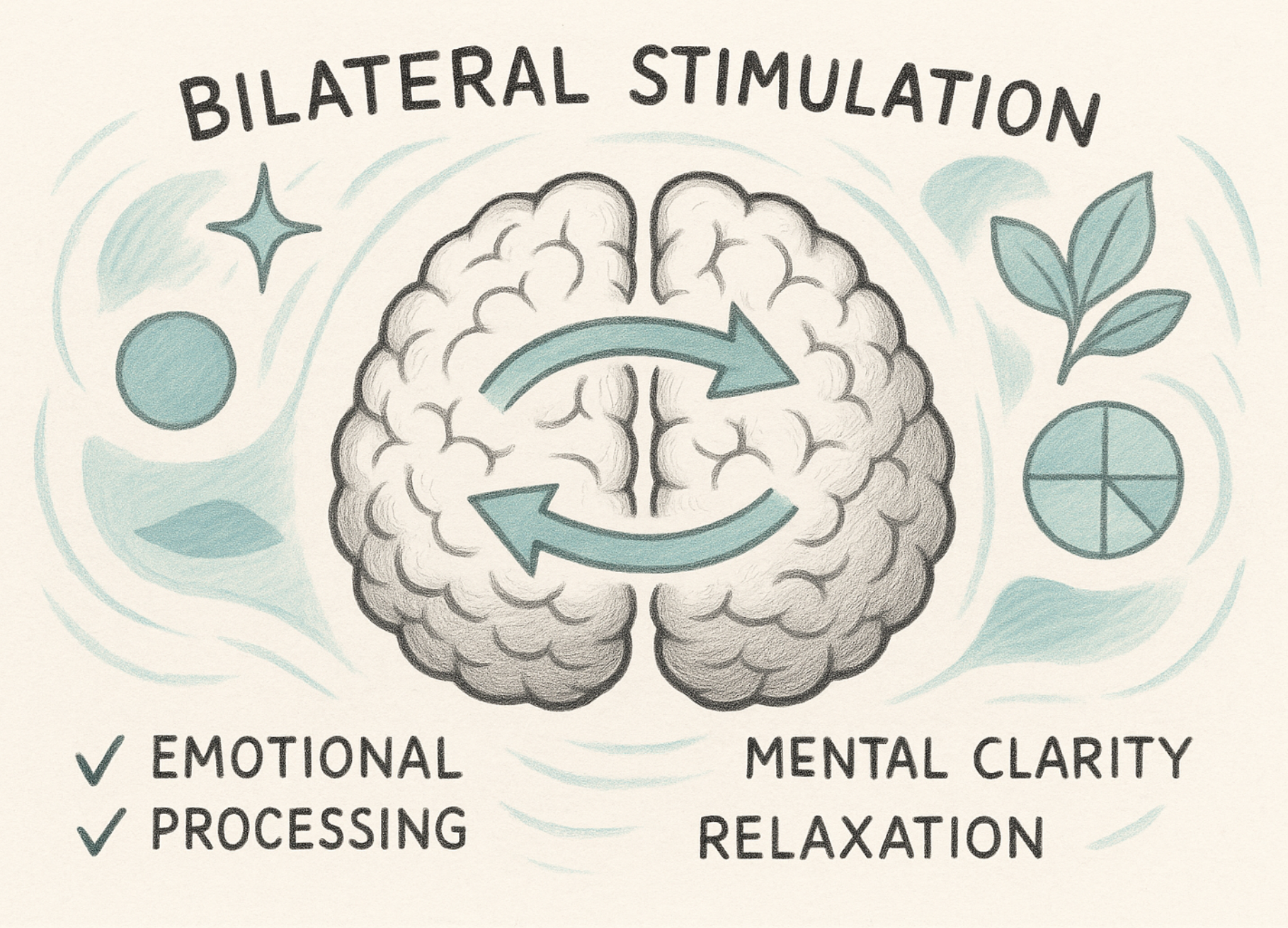
The increasing prevalence of depression among youths necessitates innovative approaches for early diagnosis and intervention. This article examines the role and efficacy of art therapy as a diagnostic tool for depression in young individuals. Through a synthesis of existing research, this study highlights the potential of art therapy to reveal underlying emotional states and facilitate communication in ways traditional methods may not.
Depression in youths is a growing concern, with the World Health Organization noting it as a leading cause of illness and disability among adolescents. Traditional diagnostic methods often rely on verbal communication, which can be challenging for younger populations. Art therapy emerges as an alternative, offering a non-verbal medium through which emotions can be expressed and understood.
Art therapy is an effective tool for assessing depression in children because it taps into their natural modes of expression, allowing for a more nuanced understanding of their emotions. When children are grappling with depression, they often face challenges in articulating their feelings verbally. Art therapy offers them a form of non-verbal communication that can unveil their inner thoughts and emotions without the need for words. This becomes particularly beneficial for younger children who might not yet have developed the vocabulary to accurately describe what they’re experiencing.
Moreover, the creative process inherent in art therapy has the unique ability to access subconscious thoughts. As children engage in drawing, painting, or sculpting, they may inadvertently express themes or symbols that indicate depressive states, such as feelings of isolation or sadness. These artistic expressions provide therapists with valuable insights that might remain hidden in traditional talking therapies.
The environment created by art therapy is also worth noting. It tends to be more relaxed and engaging compared to conventional assessment methods, which can sometimes feel intimidating. This sense of comfort encourages children to open up and express themselves more freely, leading to a more authentic representation of their emotional state.
Over time, therapists can observe patterns and changes in a child’s artwork across multiple sessions. For instance, the consistent use of certain colors or recurring motifs might signal underlying emotional issues. These observations are crucial in identifying and understanding the depth of a child’s depression.
Furthermore, artworks serve as tangible entry points for discussion. They allow therapists to gently guide children in exploring what their creations might reveal about their feelings and experiences, thereby fostering a therapeutic dialogue that might otherwise be difficult to initiate.
Art therapy offers a holistic view of the child within their broader personal and cultural context. It goes beyond simply identifying symptoms to uncover socio-emotional factors that contribute to depression. This comprehensive insight is vital in crafting effective interventions tailored to the individual needs of each child.
In essence, art therapy respects the developmental stage of children, leveraging their innate creativity to provide a rich, multifaceted perspective on their emotional world. By incorporating it into assessments, we gain deeper, more meaningful insights into the complexities of their mental health.
Research
Here are some examples of research that highlight how art therapy can be used to diagnose depression in children:
1. **Case Study: Art Therapy with Depressed Adolescents**
– Henley, D. (2005). ‘Creative arts therapies in a school setting: Research and application.’ The Arts in Psychotherapy, 32(4), 210-219.
– This study explores the use of art therapy in a school setting, highlighting case studies where artistic expression provided critical insights into the emotional states of adolescents. Through their artwork, children often revealed themes of isolation and sadness, which were indicative of underlying depressive symptoms.
2. **Research on Symbolic Expression in Art Therapy**
– Waller, D., & Mahony, J. (1999). ‘Treatment of Child Abusers: A Study in Art Therapy Methods.’ Routledge.
– Although this book primarily focuses on treatment, it includes research on how symbolic expressions through art can reveal emotional disturbances such as depression in children. It emphasizes how certain recurring motifs and color choices in children’s artworks can serve as diagnostic indicators.
3. **Art Therapy as a Diagnostic Tool for Depression**
– Kimport, E., & Robbins, S. J. (2012). ‘Efficacy of Creative Clay Work for Reducing Negative Mood: A Randomized Controlled Trial’. Art Therapy: Journal of the American Art Therapy Association, 29(2), 74-79.
– This article discusses research where creative tasks, including drawing and sculpting, were used to identify mood disorders and depressive symptoms in children. The study found that through these creative processes, children could express feelings they might not verbally disclose, aiding in diagnosis.
4. **Utilizing Art Therapy Assessments for Mental Health Screening**
– Oster, G. D., & Crone, P. G. (2004). ‘Using Drawings in Assessment and Therapy: A Guide for Mental Health Professionals.’ Brunner-Routledge.
– This guide outlines various methods of using drawings as assessment tools. It offers detailed explanations of how specific elements within children’s artwork—such as spatial arrangements, pressure, and imagery—can provide clues to their psychological state, including signs of depression.
These studies collectively underscore the potential of art therapy not only as a therapeutic intervention but also as a subtle yet powerful diagnostic tool. By engaging with children’s natural inclination towards creativity, therapists can glean valuable insights into their mental health, facilitating early detection and intervention.
Art therapy provides clinicians with insights into a youth’s emotional and psychological state through symbolic expression. This modality allows practitioners to identify depressive cues that might remain unexpressed in verbal interviews. Moreover, art therapy sessions encourage self-reflection and emotional processing, aiding in both diagnosis and therapeutic intervention.
References
– Malchiodi, C. A. (2003). ‘Expressive Therapies’. Guilford Press.
– Gussak, D. (2007). ‘The Effectiveness of Art Therapy in Reducing Depression in Prison Populations’. International Journal of Offender Therapy and Comparative Criminology.
– Karkou, V., & Sanderson, P. (2006). ‘Arts Therapies: A Research-Based Map of the Field’. Elsevier.




Leave a Reply